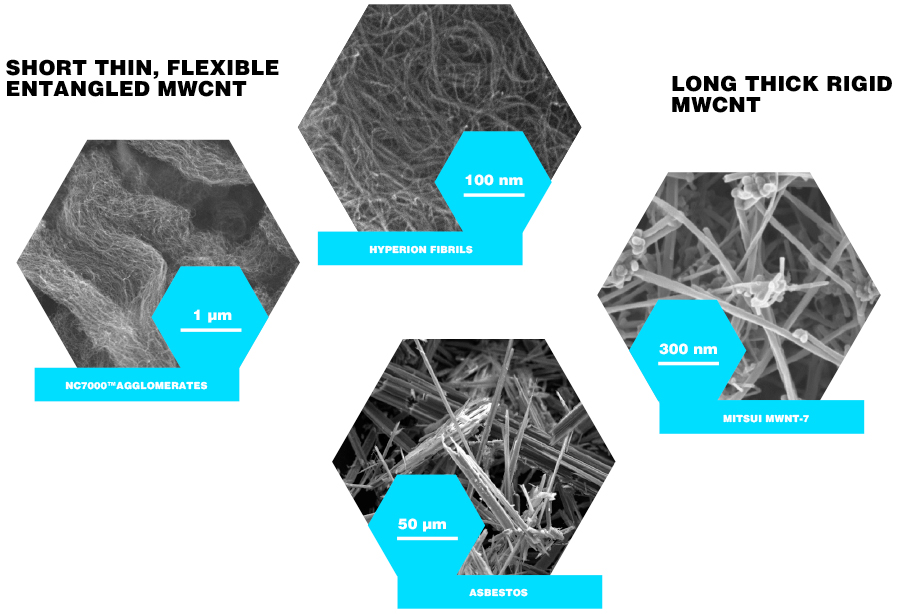Many countries and organizations have developed working definitions to identify nanomaterials based on the size of the material, its novel properties, or a combination of both. In fact, each material “exists” at the nanoscale. Materials at nanoscale behave differently than those at macroscale. Nanoparticles present incredible properties based on “quantum effects” and other simple physical effects such as expanded surface area. In summary, “nano” is just a question of size and not of material or composition.
Nanoscience and nanotechnology are the study and application of extremely small things and can be used across all the other science fields, such as chemistry, biology, physics, materials science, and engineering. In the International System of Units, the prefix “nano” means one billionth, (or 10-9) of a meter. The Figure 1 illustrates clearly the nanoscale.

Figure 1. The « Nano » scale.
Nanoparticles are abundant in nature, as they are produced in many natural processes, including photochemical reactions, volcanic eruptions, forest fires, simple erosion and by plants and animals. Any groups of atoms or molecules present in nature have a “nano” size such as amino acids, proteins, DNA, viruses, etc. Those are organic molecules with carbon atoms, hydrogen atoms and oxygen atoms mainly.
In fact, each material “exists” at the nanoscale. During a long time, humans have not been able to produce with a sufficient control material at nanoscale such as nature is doing since millions of years. Other sources of nanoparticles can be identified and originates from the man-made activity such as incidental nanoparticles generated as unwanted by-products from combustion processes (e.g.: charcoal burning, incinerators,…).
Materials at nanoscale behave differently than at macroscale and nanoparticles often presents incredible properties based on “quantum effects” and other simple physical effects such as expanded surface area. The integration of the nanoparticles inside a matrix leads to improve specific properties depending on the nature of the nanoparticles and the matrix in which the nanoparticles are integrated (polycarbonates, polystyrene, polyethylene, natural rubber, polyurethane, epoxies, etc.). Each type of nanoparticle will improve a different set of properties (electrical, mechanical, thermal, etc.).

Figure 2. Sources of nanoparticles.
In summary, “nano” is just a question of size and not of material or composition.
The definition of a nanomaterial does not make the consensus yet. In 2011, the European Commission adopted a recommendation on the definition of a nanomaterial in 3 steps [COMMISSION RECOMMENDATION of 18 October 2011 on the definition of nanomaterial(Text with EEA relevance) (2011/696/EU)]:
- a natural, incidental or manufactured material
- That contains particles, in an unbound state or as an aggregate or as an agglomerate
- and where, for 50% or more of the particles in the number size distribution, one or more external dimensions is in the size range 1 nm – 100 nm.”
It is finally quite recently that humans have developed techniques for manufacturing nanoparticles in a controllable and reproducible way; what are called today engineered nanoparticles (“ENP”).
Figure 3 illustrates that nanoparticles look very different. Spheres, rods, fibers, stars, cups,… are various shapes that have been identified.

Figure 3. Different material shapes at the nanoscale. From left to right: spherical gold nanoparticles, carbon blacks agglomerates, silicone oxide stars, nanofibrils of cellulose.










